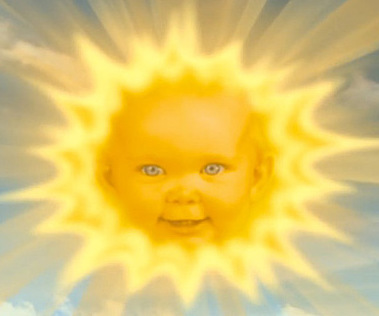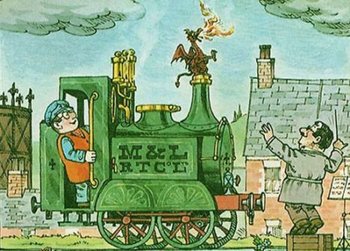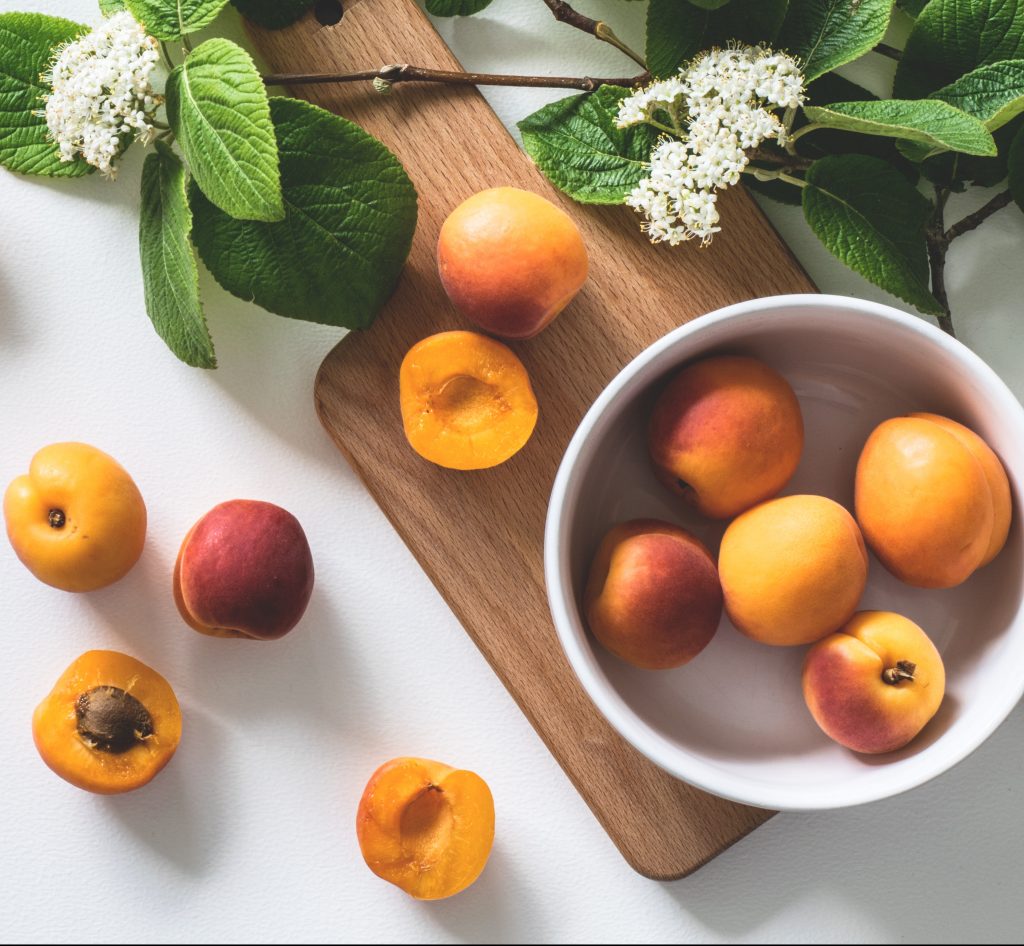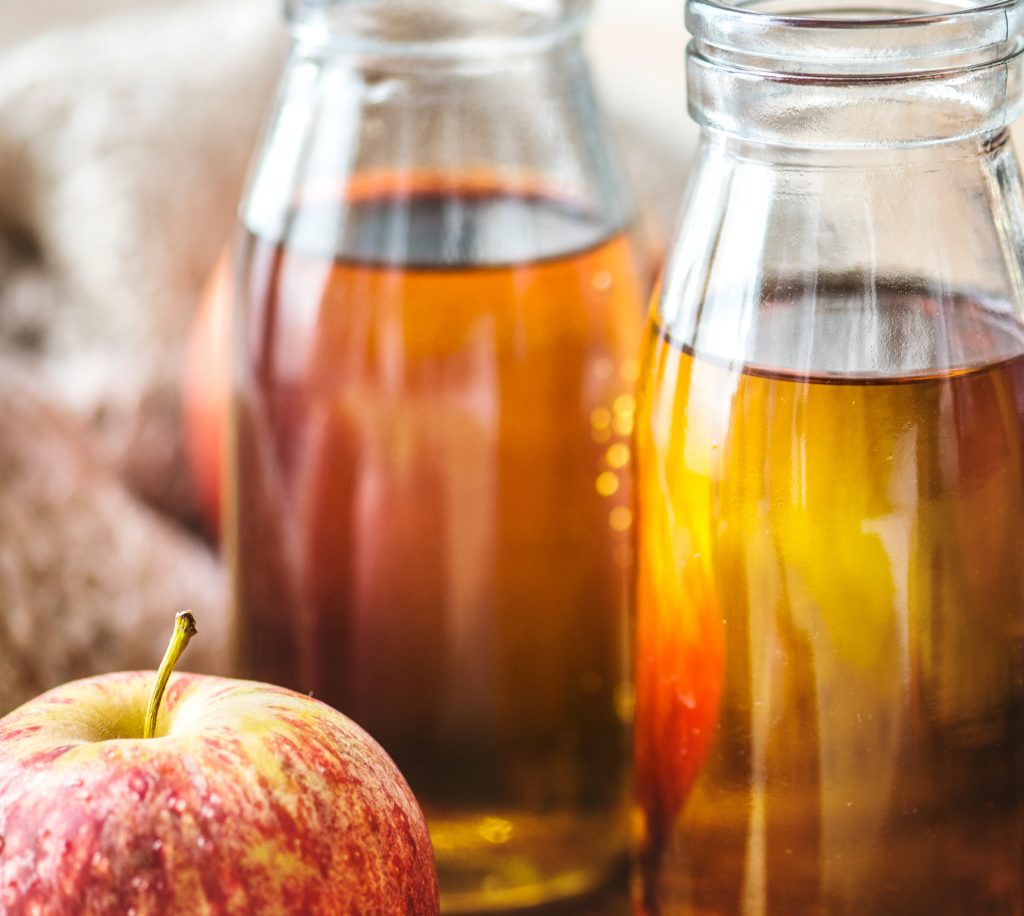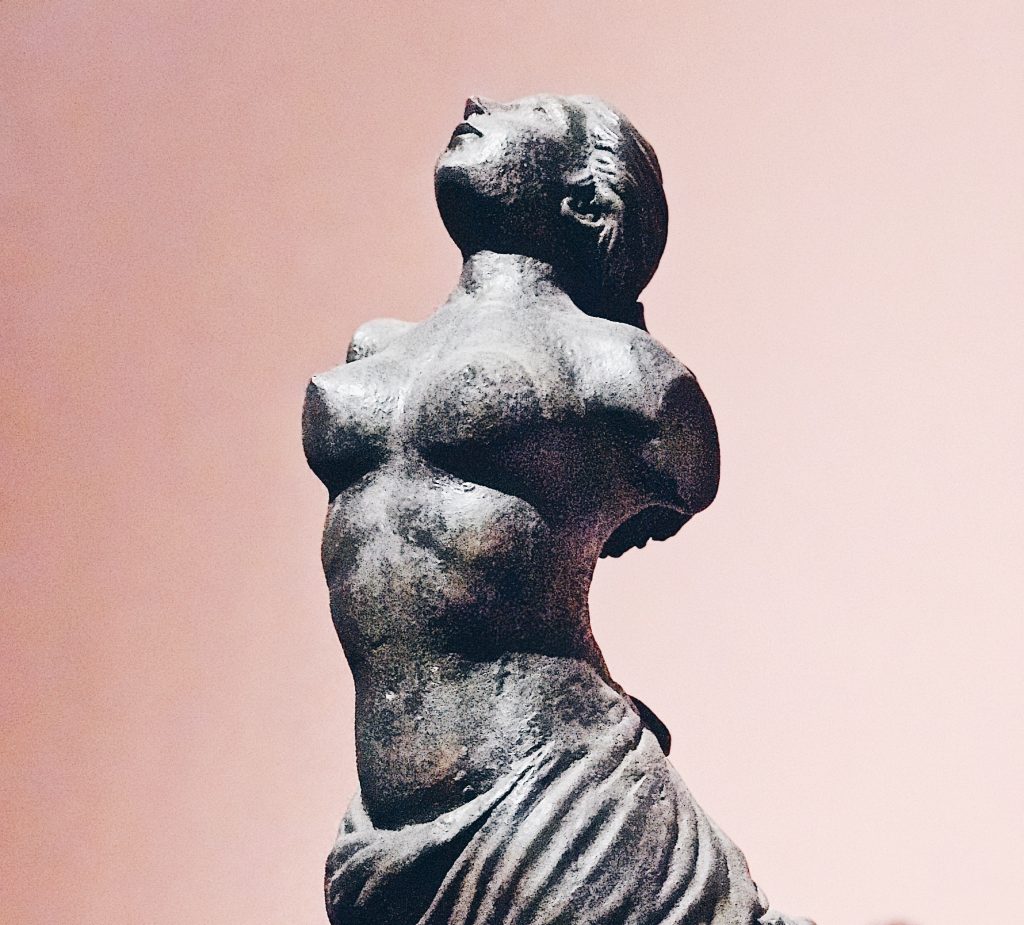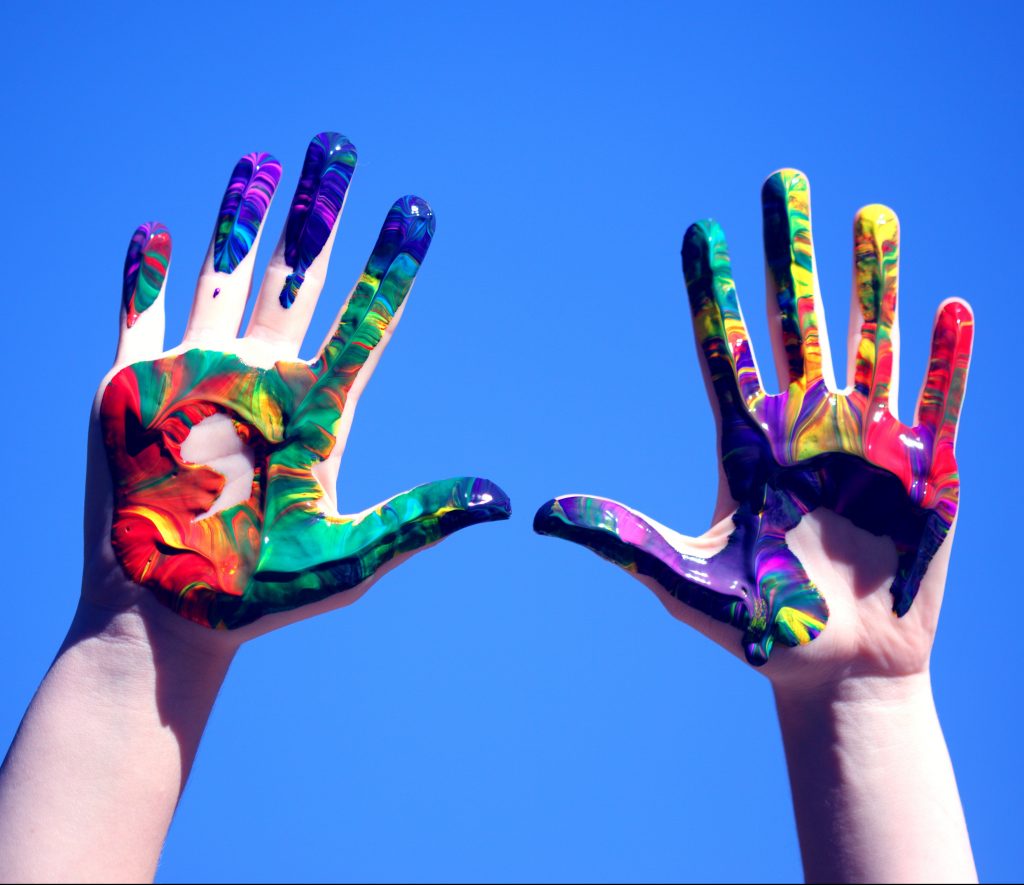IS IT JUST ME THAT’S INCREDIBLY CREEPED OUT BY PUPPETS?
The short answer is no, I’m not the only one who is, at the very least, uncomfortable.
Remember when the CGI Tintin film came out, and everybody praised how realistic the animation looked? For the sake of my blood pressure, they should have stuck with the nice hand-drawn animation, instead of the not-human-enough looking style.
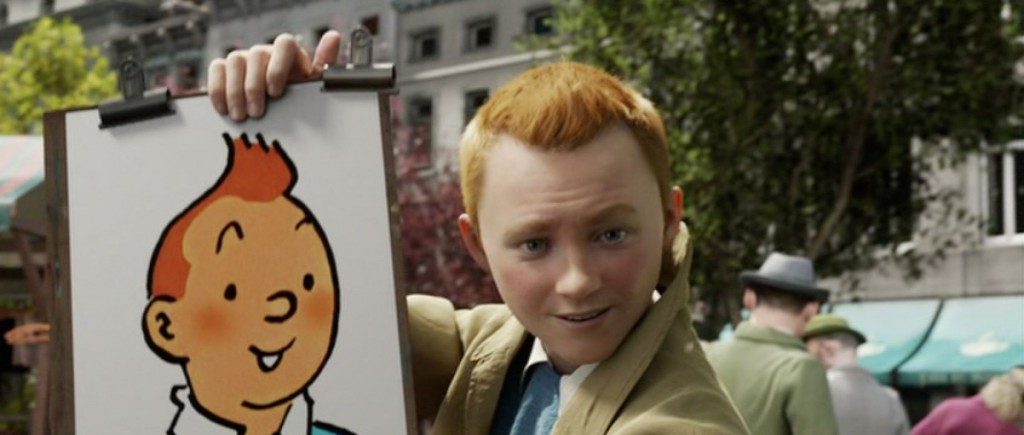
It’s the Polar Express all over again! Why would anybody continuously subject children to this kind of… unpleasantness?
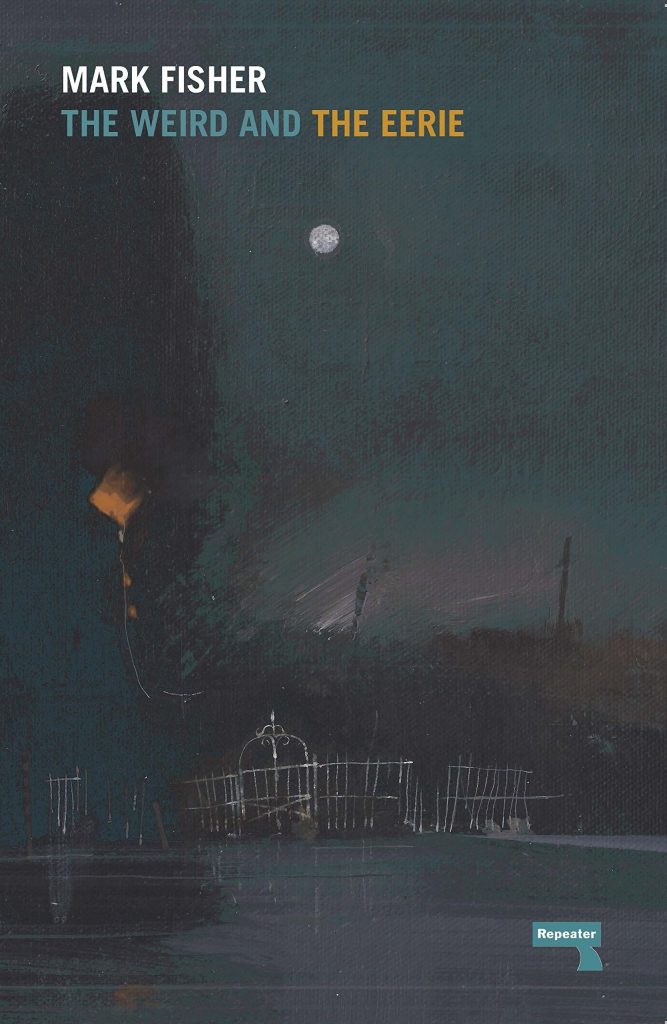
It turns out, it’s called the uncanny. Mark Fisher describes it in his book as ‘making the familiar strange’. In terms of horrifying animation styles and puppets, this would be when something is designed to look completely human but falls just short enough that there’s something deeply unsettling about it. Perfect content for children’s fiction, right?
Upon doing a bit of digging, I found that Freud called the uncanny the psychological experience of finding something not just mysterious, but strangely familiar. This is an earlier version of the concept than Fisher works with, but one means that these things might just be accidentally horrifying, and the other means that it’s made to be that way. And I still don’t want either in a family film, thank you very much!
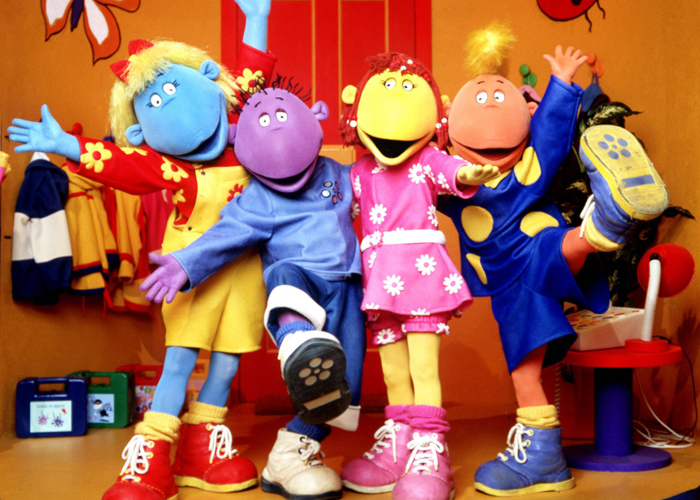
I’m becoming grateful for Disney’s sanitisation
Fisher describes the weird as something that suggests the unknown, and the eerie as something outside but in landscapes partially devoid of humans – wholesome and charming!
These kind of themes date back to old-school fairytales though, the kind where there really would have been no saving Red Riding Hood once the wolf got to her. In fact, some theories actually suggest that children’s stories were specifically designed to teach them of the dangers of the outside, unknown world, so that they would be less likely to have curiosity lead them astray. It makes sense, cautionary tale and all, but imparting some deep seated psychological dread seems like a bit of a drastic tactic.
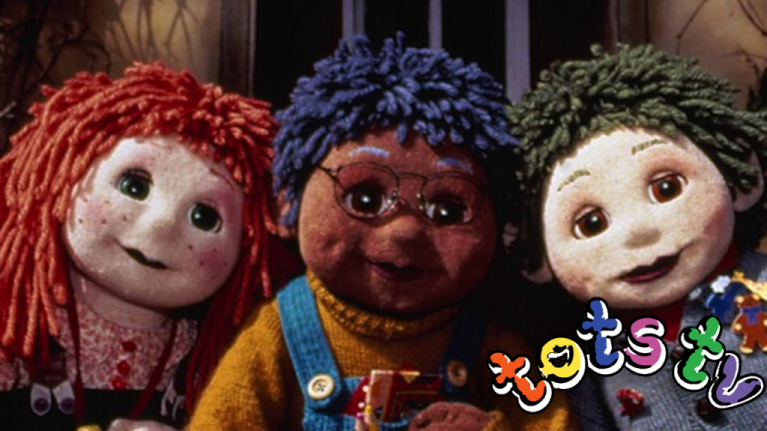
I think for now, as long as Disney sticks to standard, obviously-cartoon-style animation, and has stories with a happy ending, I’ll stick with those. Even as a fully grown adult.
